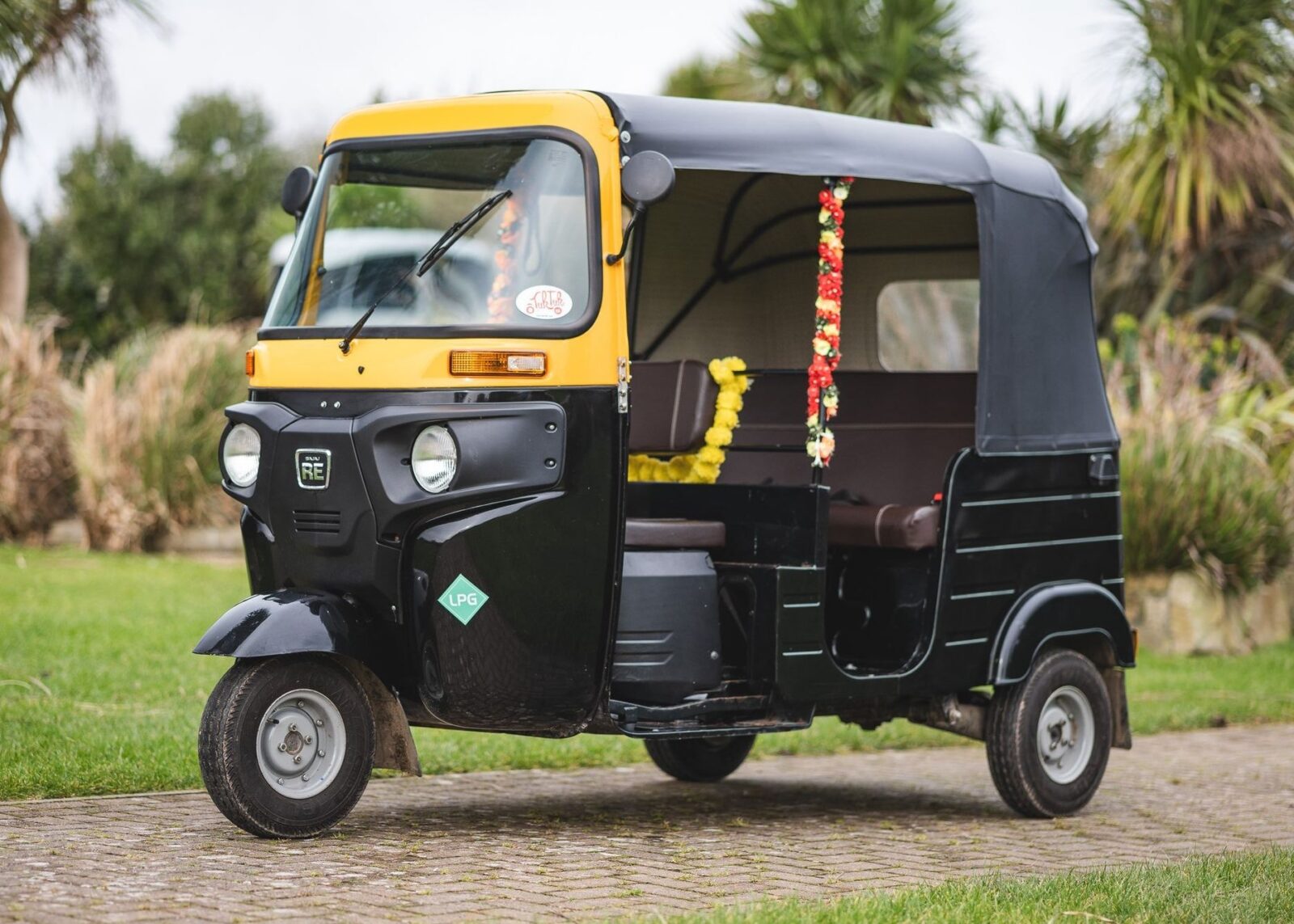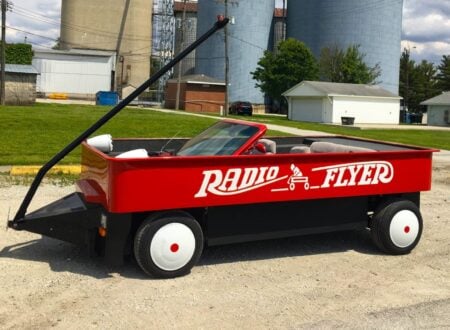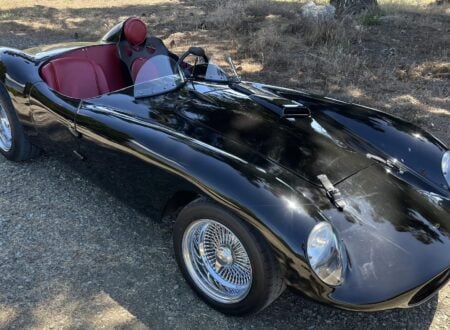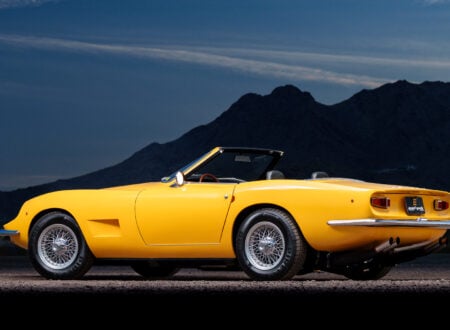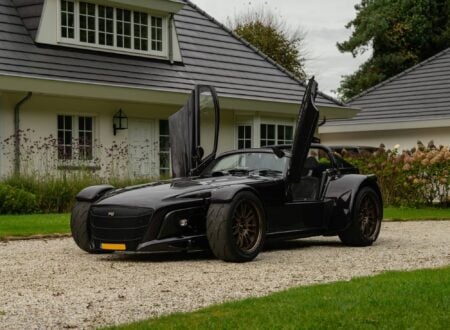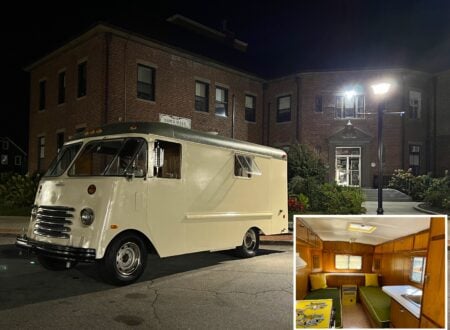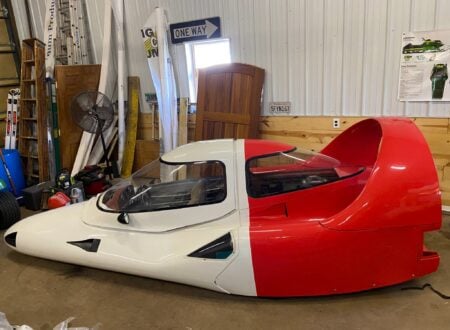This is a 2017 Bajaj Tuk Tuk Compact 4S that was imported into the UK from India by its current owner, now seller. It’s road-registered in England, making it one of very few examples in the UK or anywhere else in Europe.
These diminutive three-wheelers first appeared in Asia in the 1930s and quickly spread across the continent, as they offered cheap, fuel-efficient transportation for the masses. Today there are millions of them plying the streets from Bangkok to Bangalore, and if you’ve visited these regions you’ve almost certainly ridden in one.
Fast Facts – The Bajaj Tuk Tuk
- The 2017 Bajaj Tuk Tuk Compact 4S, imported from India, is one of the few road-registered examples in the UK. This three-wheeled vehicle is known for offering affordable, fuel-efficient transport in Asia and is a rare sight in Europe, making it a unique addition to any collection.
- The tuk tuk, originally called the “auto rickshaw,” began as the Mazda-Go in Japan in 1931. The vehicle was designed as a motorized version of the human-powered rickshaw, offering low-cost transportation. This led to widespread adoption across Asia, particularly in countries like India, Thailand, and Vietnam.
- Powered by a 198cc, single-cylinder, four-stroke engine, the Bajaj Tuk Tuk is capable of running on either petrol or LPG. The LPG option offers even greater fuel savings, with a full tank costing just £7.00 and providing a range of approximately 150 km, making it incredibly cost-effective.
- This Bajaj Tuk Tuk, purchased new by its current owner, has been used sparingly, with only 1,100 km driven since it was imported to the UK. It was primarily used for fun family outings and camping trips, and is now being offered for sale in Cornwall, with a starting bid on Car & Classic.
The Origins Of The Tuk Tuk
The tuk tuk as it’s most commonly known was originally named the “auto rickshaw,” as it started out as a motorized version of the formerly human-propelled rickshaw that had been used across Asia for centuries.
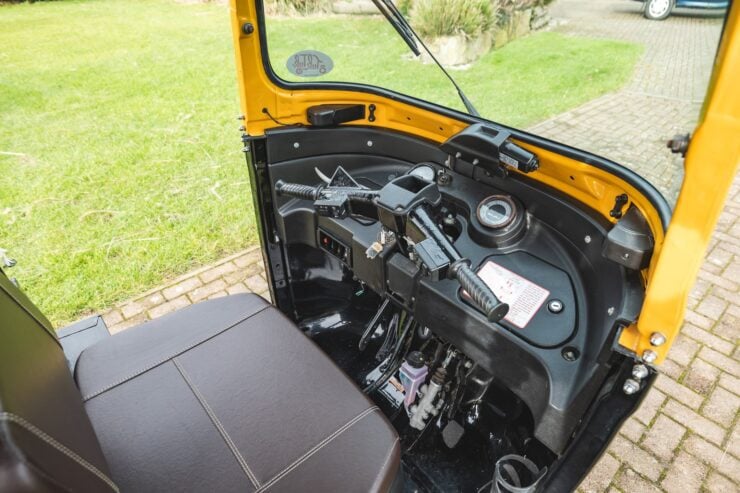

The first auto rickshaw was the Mazda-Go which appeared in 1931 in Japan. It was a motorcycle with two wheels at the back, with a small cargo bed or passenger area. The Mazda-Go was cheap to build and cheap to buy, and it quickly became a common sight in Japanese towns, villages, and cities.
Other manufacturers soon followed with their own models, including the Daihatsu HB and Mitsubishi Zaibatsu, the Hopestar, and the Daihatsu Midget. It didn’t take long before they started to appear in export markets, including in China, Vietnam, Thailand, India, and further afield.
In many of these regions auto rickshaws were called tuk tuks, and this name persists to the modern day. There are now countless millions of tuk tuks across the region and they have helped many of these industrializing nations become motorized more than almost any other vehicle, with the possible exceptions of the locomotive and the Honda Cub.
The Bajaj Tuk Tuk Shown Here
The vehicle you see in this article is the Bajaj Tuk Tuk, by far the most common type of tuk tuk in the world today, with close to a million built and sold in India each year. They all have a similar design, with stamped steel panels, an open top and sides, and a fold-down canvas roof for passengers when it’s raining.
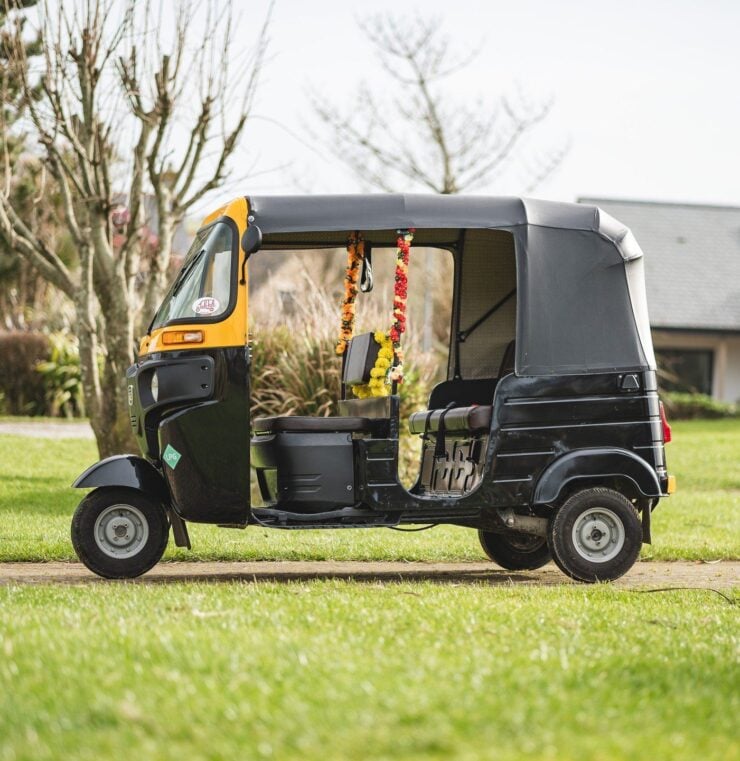

The Bajaj Tuk Tuk is powered by a 198cc single-cylinder, four-stroke motorcycle engine. Power is sent back through a 4-speed manual transmission to the rear wheels, and the controls consist of a clutch and twist gears on the left side of the handlebar – similar to a Lambretta scooter.
This Bajaj is able to run on either petrol/gasoline or LPG, the LPG offers an even cheaper option as it’s said to cost just £7.00 to fill the LPG tank and it covers 150 kms per tank. That’s approximately $8.68 USD and close to 100 miles of range.
As you might expect there’s a single seat up front with two seats in the rear, and it has a folding soft top. The owner bought this Bajaj Tuk Tuk, it’s the Compact 4S model, when it was brand new and he imported it into the UK.
“The Tuk Tuk was bought for fun and used with my adopted daughter on the school run. My children are now older and apart from occasional use on the campsite the Tuk Tuk has been in storage for the last 3 years. Max speed 55kph which is definitely fast enough. Puts a smile on you face every time. More fun than any sports car I have owned. Similar to driving a Lambretta with clutch and twist gears on left side of handlebar.” – The owner and seller, discussing his Tuk Tuk
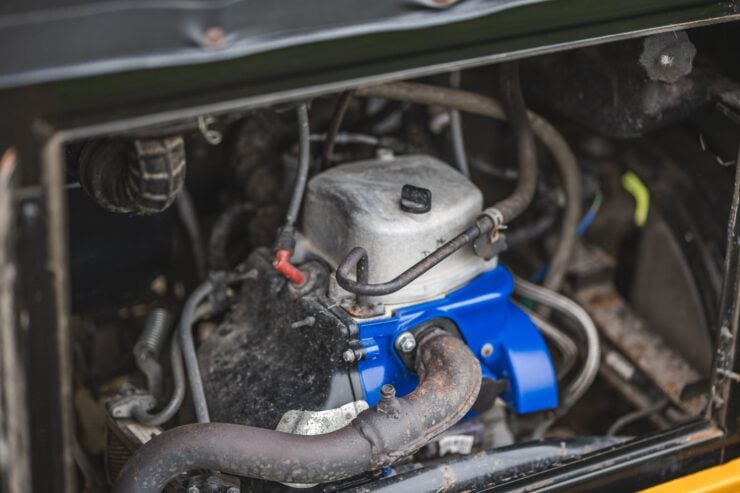

The vehicle is now being offered for sale out of Cornwall in England on Car & Classic and it’s registered for use on UK roads, with just 1,100 kms covered since it was new.
If you’d like to read more about it or register to bid you can visit the listing here.
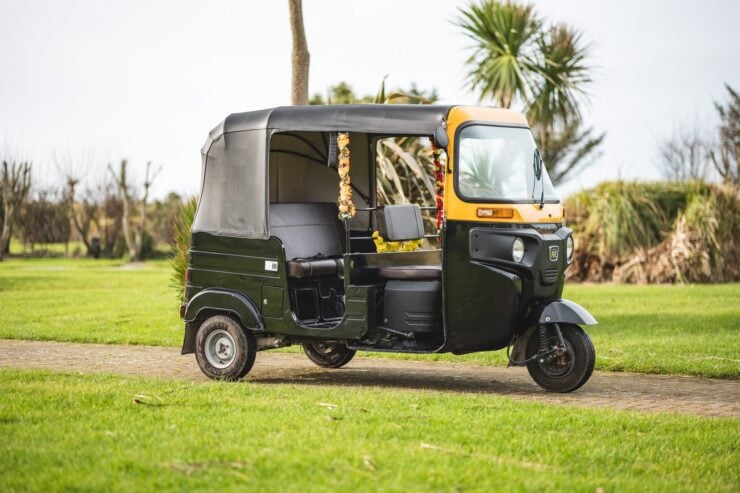
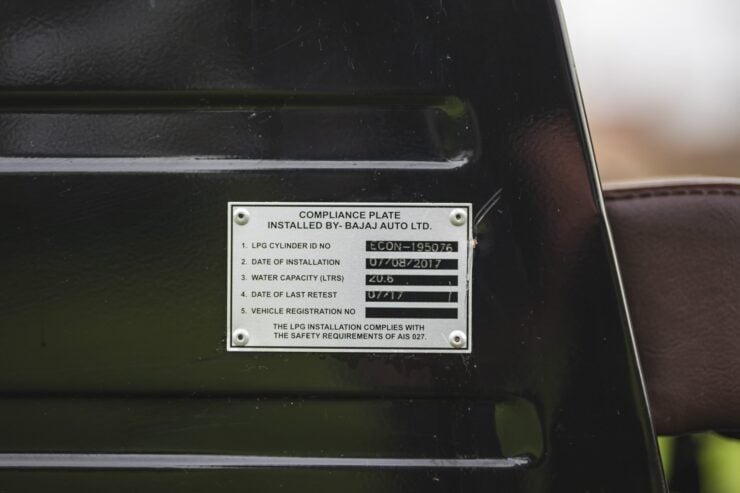
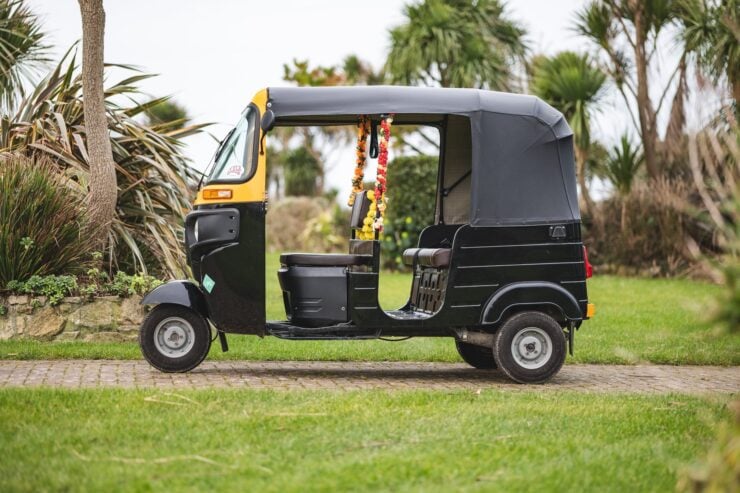
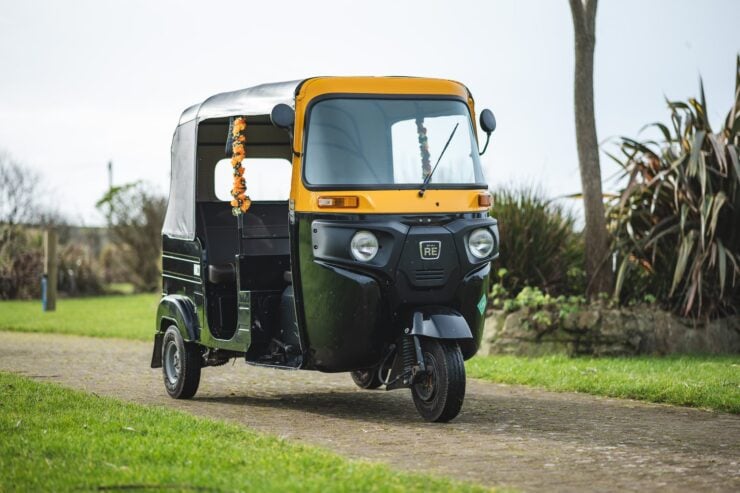
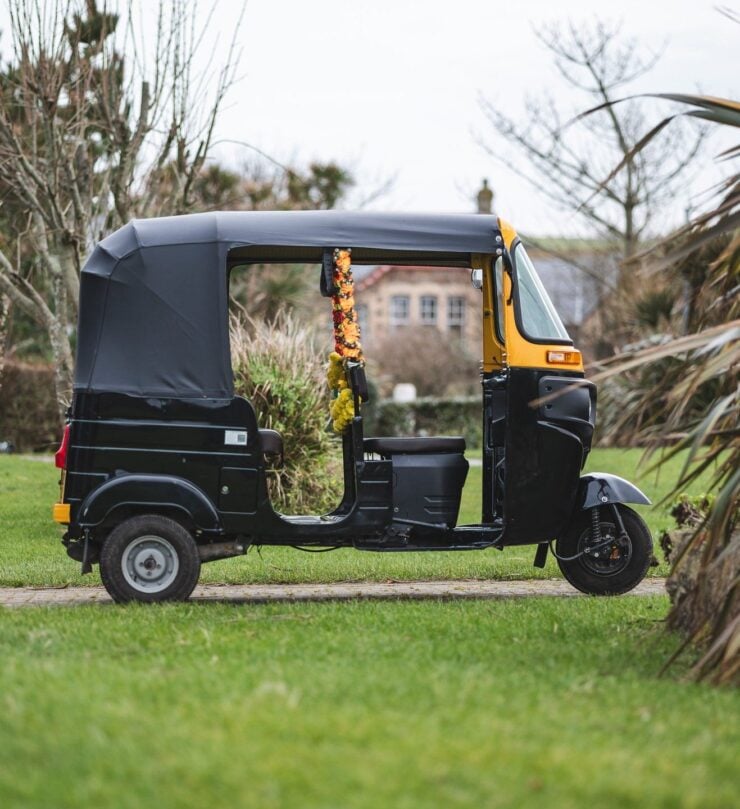
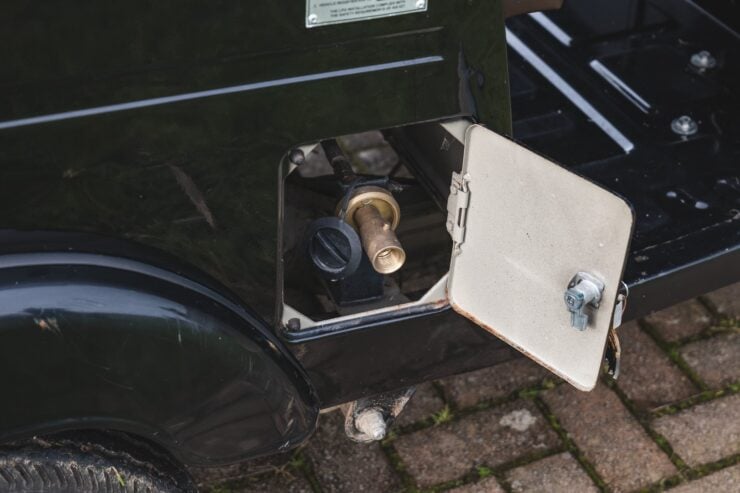
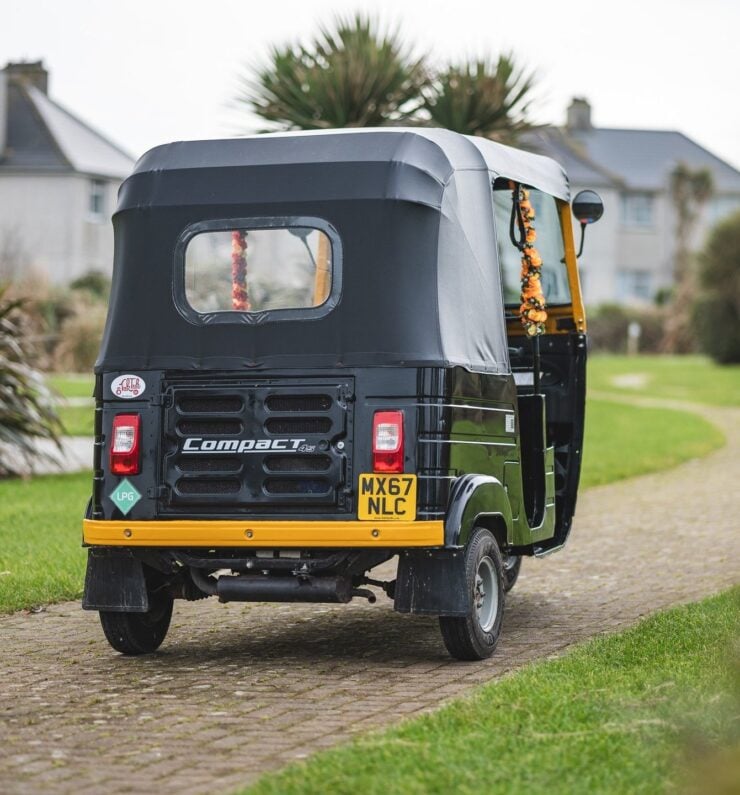
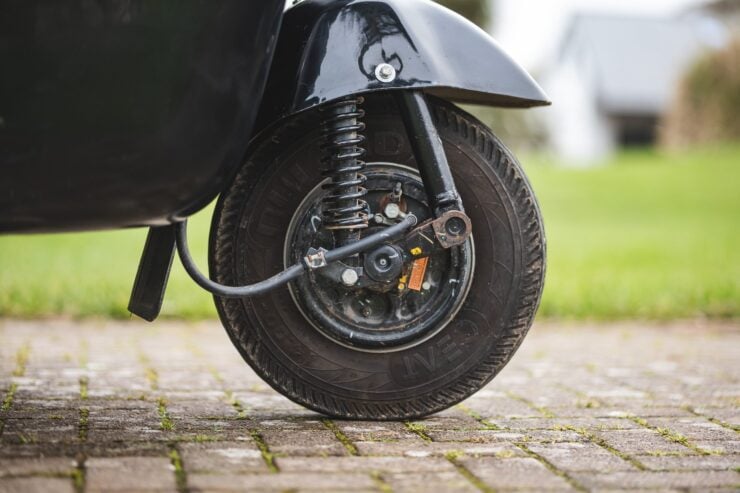
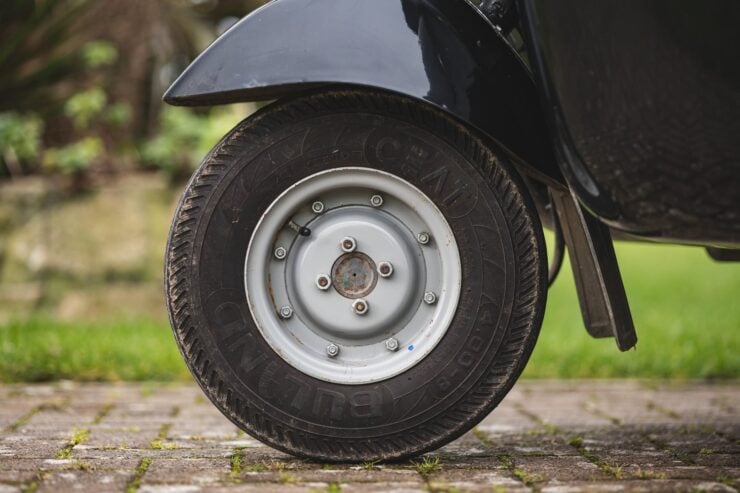
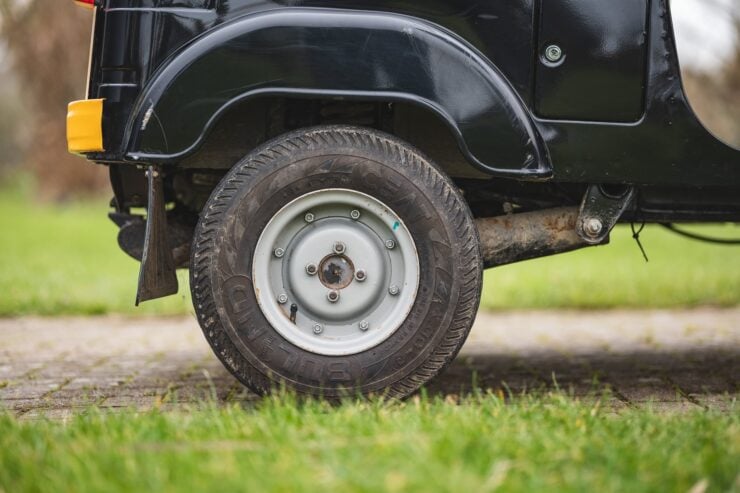
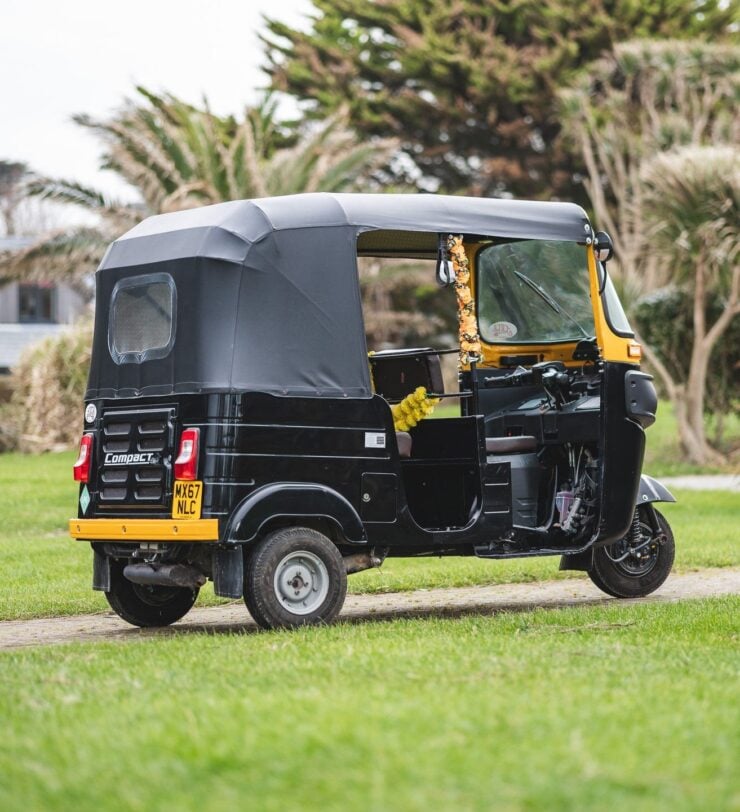
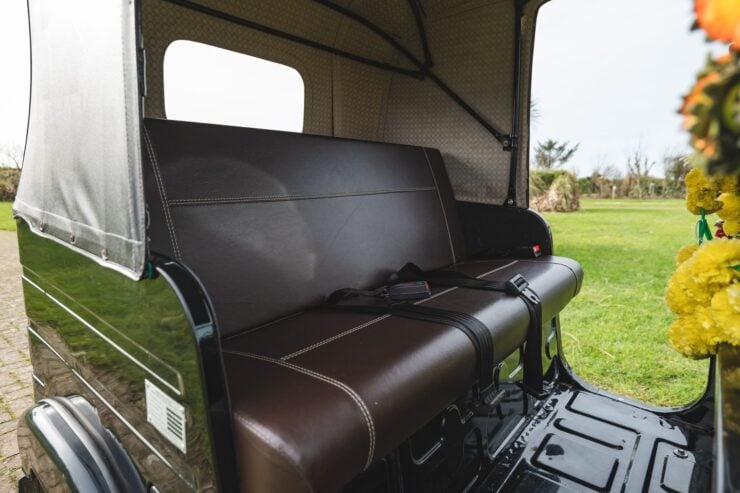
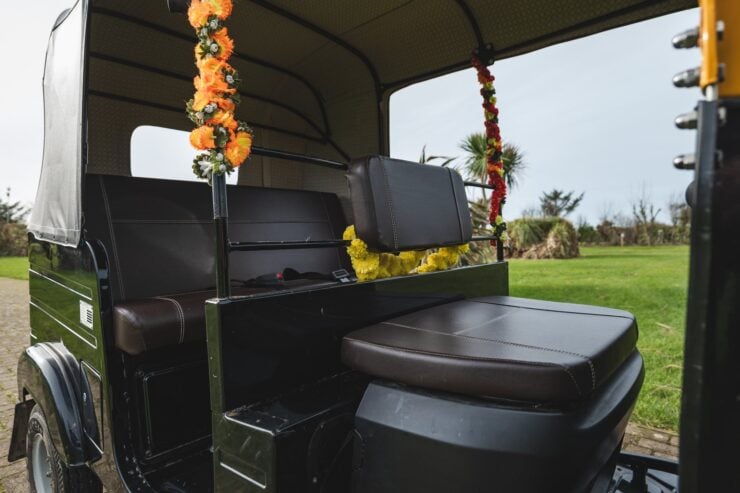
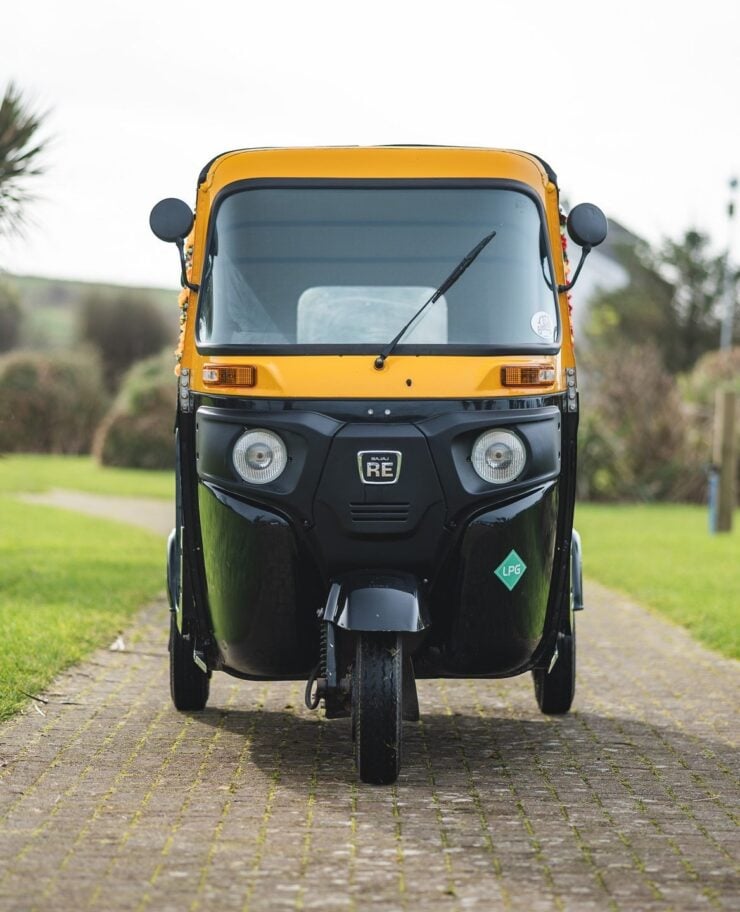
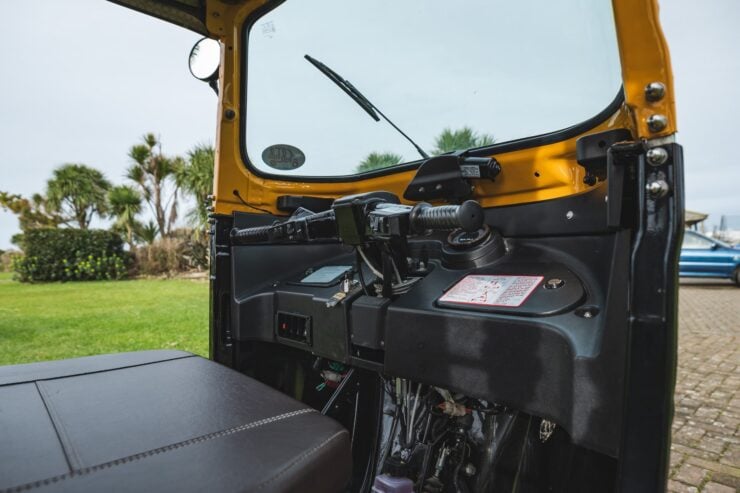
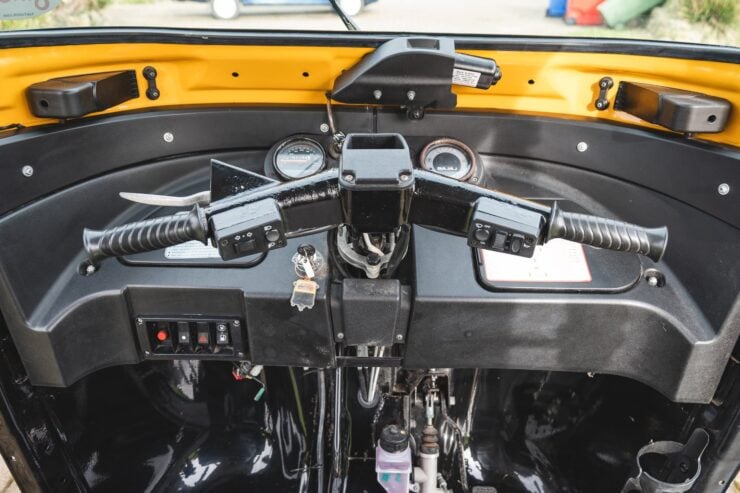
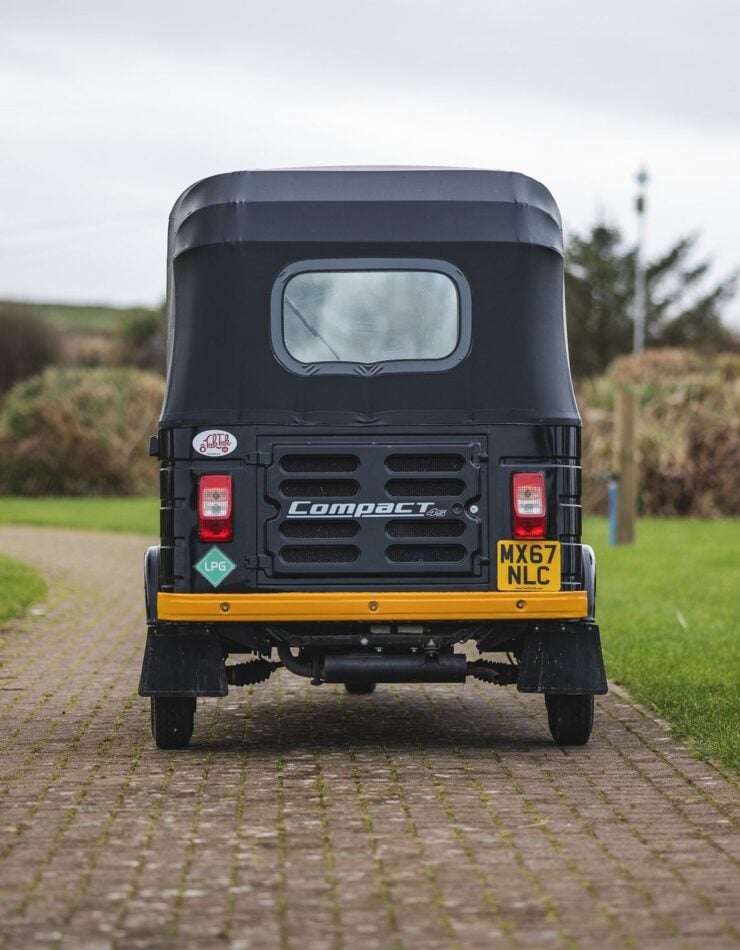
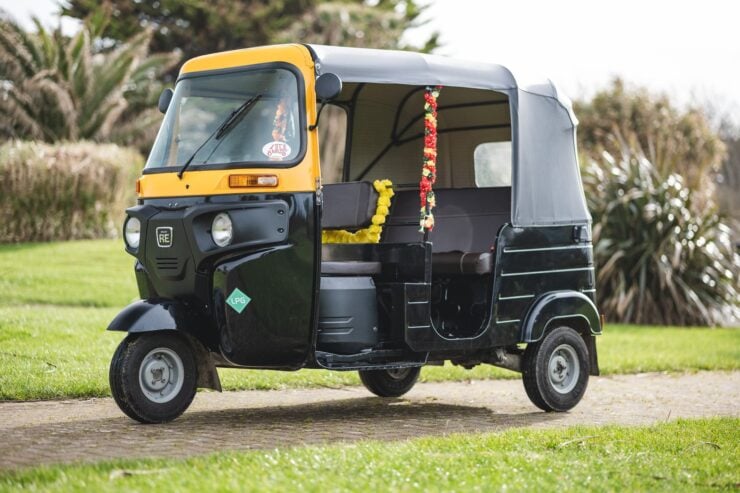
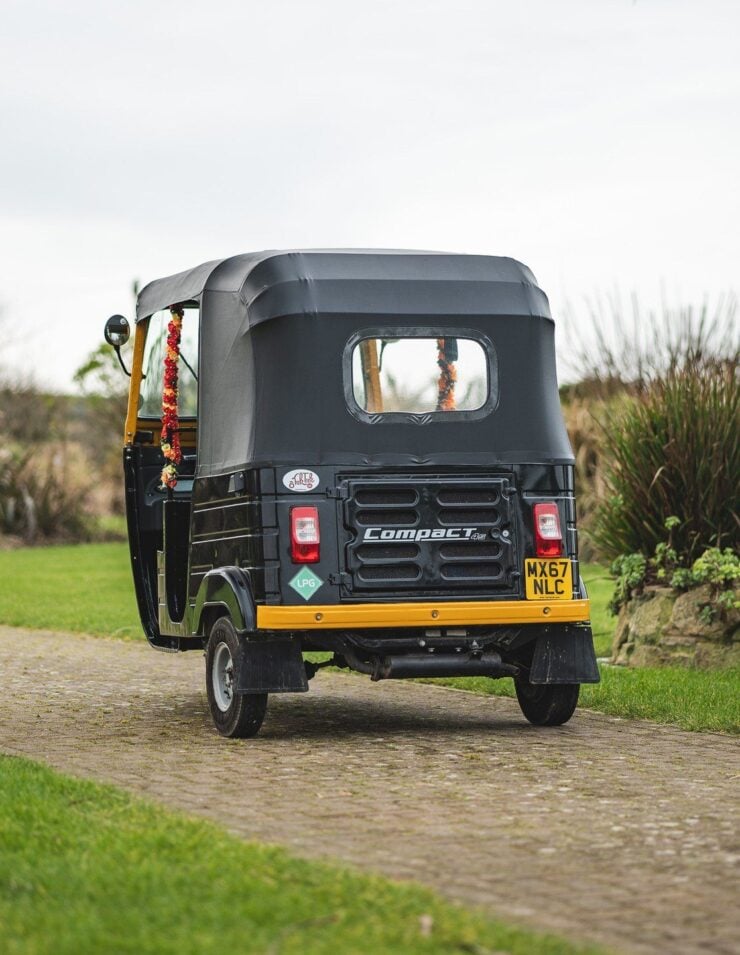
Images courtesy of Car & Classic

